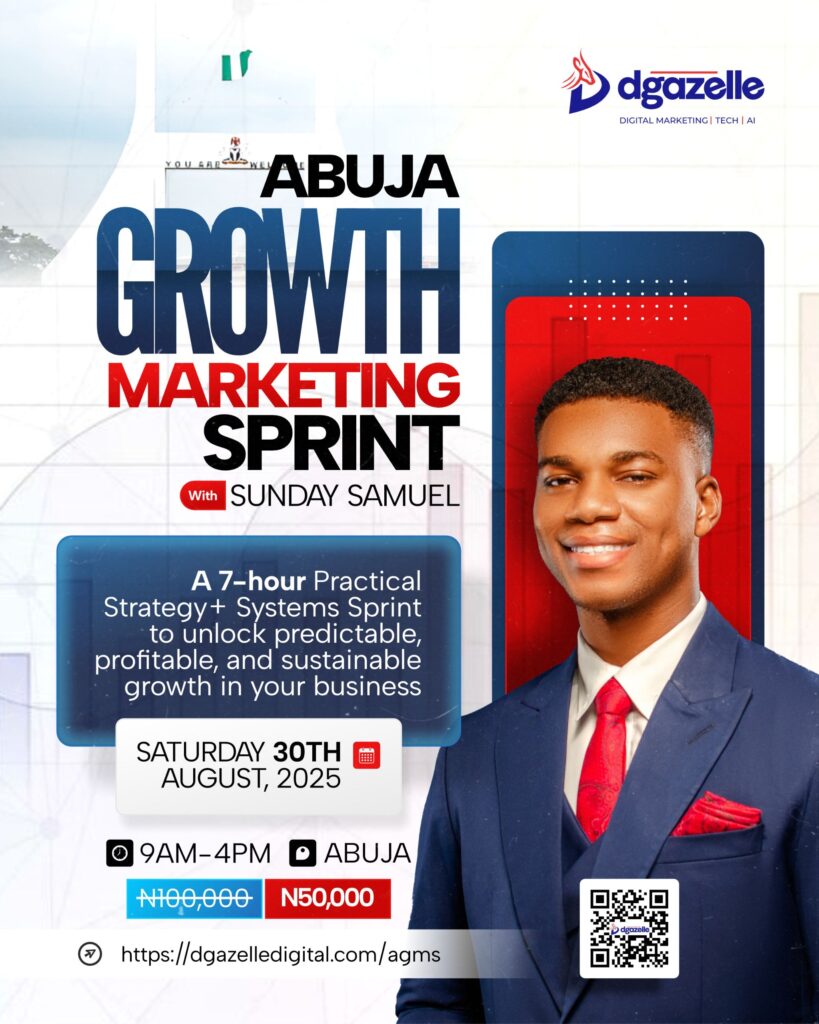We use digital devices for eight hours or more every day. That is over half of the day. more than the majority of us do. Additionally, we each have a distinct online persona: we are gamers enthusiasts, professionals on LinkedIn, social butterflies on Facebook, alter personalities on Reddit, and consumers
Therefore, having a strong online presence is essential for any type of business, whether it is service-based, physical, or online. Furthermore, this is not limited to e-commerce. The epidemic has expedited the expansion of e-commerce, but it has also increased support for small businesses. It is still true that 97% of customers use the internet to look up and learn about local businesses.
However, the notion of a significant online presence changes along with the internet. You’ll discover all the information you require in this comprehensive guide.
What does an online presence mean to you?
Internet presence is both what you might believe it is and isn’t. It’s possible to exist online, but it doesn’t mean you’re present. Your presence is a more comprehensive layer that depicts your company in its whole, per:
- You: The actions you take and the content you produce.
- The internet: Where you stand with regard to search engine and social media algorithms.
- The public: How people perceive your business online, what they say about you, how they engage with you.
So while an online existence may get you on the map, an online presence tied to your visibility, credibility, and reputation.
Without a strong online presence, you really don’t have one at all. It’s all or nothing in the noisy world of cyberspace.
But before we get into the tactics and strategies, let’s back up that bold statement.
Why you need a strong online presence
The more possibilities you have to increase brand recognition and enhance your reputation, the more ways you can position your company in front of your target audience with high-quality experiences. However, having a good web presence also has other advantages for your company.
- Become known: 97% of customers look up local goods and services online. When you have a strong online presence, it is easier for potential clients to find you when they are looking for what you have to offer and when they are not.
- Remain seen as a trustworthy company: 83% of consumers base their store visits on internet research. Before making a purchase, consumers consult a variety of information sources. Customers and search engines alike will ignore you if you don’t provide information about your company on any of these platforms.
- Save money: All digital marketing platforms have data that allows you to determine what is and is not working, allowing you to adjust your budget accordingly.
- Increase conversions: A lead needs to interact with a business seven times on average to become a customer. Having a strong online presence across several platforms makes it possible for those interactions to occur more rapidly.
- Gain the confidence of Google: When ranking, Google considers more than just your website. In reality, it examines the consistency of your online assets.
How to increase your online presence with your website
Regardless of how a potential customer learns about your business—from social media, advertising, listings, direct mail, friends, or even passing it by while traveling—their first instinct will always be to visit your website. Calling or visiting the business is much less enticing than browsing your site on your own terms and swiftly obtaining the information they need, which is why 56% of customers won’t consider a business without a website.
And that’s a stat from 2017, so the percentage has most likely grown and been further accelerated by the pandemic. So with that being said, here’s how to use your website for an optimal online presence.
1. Get a modern, attractive site
Nowadays, customers are so demanding that it’s almost preferable to have no website at all if you don’t have a nice one. As a matter of fact, 75% of customers acknowledge that they base their opinion of a company’s credibility on the appearance of its website.
2. Use SEO while keeping in mind the most recent changes.
Only 49% of small firms spend in SEO, as you may have seen. Or that just 18% of small firms say they have no intention of engaging in any kind of targeted SEO activity, such as keyword research, content development, or link building?
SEO is a free method of being on Google’s first page, which is the epitome of an online presence. When executed well, it’s a gift that never stops. However, it does require time.
3. Boost your keyword targeting with a professional and niched down blog.
There isn’t much room for keyword optimization on your website’s main pages (homepage, about, pricing, products/services, contact), except from your service and location. The objective is to reduce the amount of text to the most important details that visitors are searching for, and you don’t have much text to work with.
With a business blog, you can target specific keywords in each article and optimize each one to rank for them, giving you the chance to show up in search results for a ton of different searches that your potential consumers are doing at different points in their journey. Increased traffic to your conversion-optimized website and increased trust are also directly correlated with more first-page appearances, which also indicates a stronger online presence.
How to increase online presence with social media
Given social media’s large user bases and sharing features, which turn it into an amplification tool, using it to boost your online presence makes perfect sense. We also know that your SEO might be impacted by social signals.
Furthermore, 91% of consumers who follow a brand on social media will visit its website, 89% will make a purchase from the brand, and 85% will suggest the brand to a friend or family, per Sprout Social.
4. Limit the number of platforms to only what you can handle
Being present online is more about quality than numbers. Based on your bandwidth, choose the platforms that your audience uses and keep the number of platforms you use to a minimum. It is preferable to have one or two highly engaged accounts rather than multiple ones with little activity. Some platforms to take into account are:
Facebook
Instagram
LinkedIn
Instagram
Snapchat
Pinterest
Twitter
YouTube
TikTok
5. Think audience, not followers
Gaining more followers doesn’t make your online presence better. Instead, a more visible you gain a larger following. Thus, concentrate on building a loyal, specialized following of people who are drawn to and qualified for what you have to give.
More user-generated material and more likes and comments on your posts will result from this. In case you were unaware, marketing initiatives that use user-generated content yield 29% greater conversion rates compared to those that do not.
A vibrant page with fewer followers is preferable to one with many followers who don’t provide much value.
6. Post with emotion for shareability
If you want your content to appear in consumers’ feeds via social algorithms, you need to create high-quality pieces that generate engagement. Quality alone, though, is insufficient. When they read your material, you want your followers to be moved to the point that they are motivated to tell others about it. In your captions, use sentimental language and expressions. Incorporate emoticons. Make use of powerful data and emotive pictures.
Concerning shareability, notice little differences in your captions and look for any trends. We recently discovered that captions that started with a significant statistic received more shares. Making quick-to-read posts without links for your followers is an additional strategy. They are more likely to share content that isn’t too demanding on their followers and they don’t always want to read a lengthy message or click on a link.
Conclusion
You can only exist in one place in the physical world, but with the internet, you can be in multiple places at once, places your current and potential customers are spending most of their time. Whether you’ve been around awhile or are just starting a business, having a strong online presence allows your business to get discovered by new customers, and the more touchpoints you have with your audience, the more you can build your reputation, increase brand awareness, make data-driven optimizations, and ultimately increase revenue.
GET IN TOUCH
Ready to optimize your online presence and convert visitors into loyal customers? Let’s transform your website into a powerful tool for growth with unmatched design and optimization. Start now and see the difference







